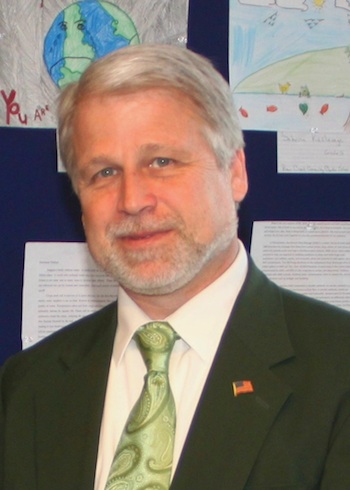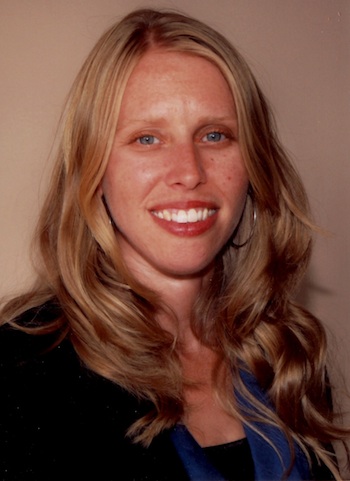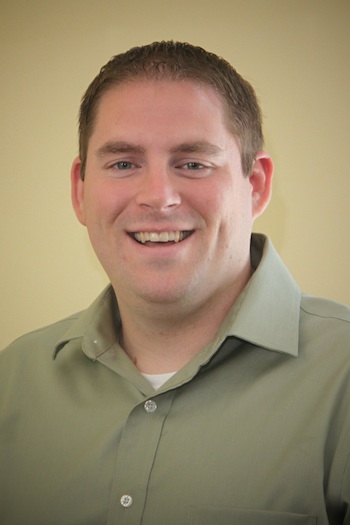University Faculty and Staff Present at Sustainable Energy Conference



Mark Murphy Jessica Nolan, Ph.D. Nicholas Truncale
Three University of Scranton faculty and staff members will speak at the Energypath 2015 conference, which will be held at The University of Scranton Thursday and Friday, July 23-24. The conference, intended for policy makers, industry professionals, students, professors, and the general public, includes lectures and exhibits, in addition to a Keynote Dinner, a pre-conference energy camp for college students, and a science fair for middle and high school students.
Mark Murphy, director of sustainability at The University of Scranton, will present “LED Lighting in Churches and Historical Buildings.” Murphy’s lecture addresses the environmental and financial value of energy saving and teaches participants how to choose LED lights.
Also representing the University are Jessica Nolan, Ph.D., associate professor of psychology, and Nicholas Truncale, undergraduate physics lab director, who plan to discuss “Infusing Sustainability across the Curriculum.” After providing a brief background on sustainability, this workshop teaches the pedagogical strategies and assessment tools for infusing sustainability into curriculum, based on The University of Scranton’s successful model. Over the past 15 years, more than 100 faculty members at Scranton have incorporated sustainability into courses across disciplines, including theology, business, philosophy, political science, history, health and education.
The Keynote Dinner, on Thursday, July 23, at 6:30 p.m. in the McIlhenny Ballroom of The University of Scranton, features Sam Rashkin, R.A, chief architect for the U.S. Department of Energy (DOE) Building Technologies Office. Rashkin currently leads Building America, the DOE’s world-class research program, and oversees the DOE Zero Energy Ready Home, a program for leading-edge builders. In the past, he managed ENERGY STAR for homes. A registered architect in California and New York, Rashkin won the 2012 Hanley Award for his contributions to sustainable housing. He also authored hundreds of articles, papers, reports, seminars, and a book titled Retooling the U.S. Housing Industry: How It Got Here, Why It’s Broken, and How to Fix It. Tickets for the dinner are $25 per person.
The plenary speaker at Thursday’s lunch is Bill Maclay, the founding principal of Maclay Architects. Maclay, a specialist in net-zero energy design, authored The New Net-Zero and won the 2012 NESEA Zero Net Energy Building Award. On Friday morning, July 24, William Rose, a senior research architect at the Illinois Sustainable Technology Center, will give the final plenary speech. Rose, author of Water in Buildings, chaired the ASHRAE Handbook Chapters on Building Envelopes Committee for twelve years, helping to develop the ASHRAE Standard Committee 160 “Criteria for Moisture Control Design Analysis.”
Middle and high school science fairs, on Friday afternoon, are the final events at the conference. Three prizes, from $250 to $1,500, will be awarded to the top projects in each of the middle school and high school competitions.
In addition to the conference, six pre-conference energy camps will be held July 20-22. Some energy camps include hands-on experiences, such as the Wind Camp, in which participants construct a wind turbine on Alumni Memorial Green. Others are lecture-based, such as Passive House, which works towards a Certified Passive House Consultant Certificate.
The Sustainable Energy Fund organizes and hosts the conference annually and provides 150 scholarships to secondary educators, professors and college students, which cover the cost of attending the conference and related events, meals and housing.
The Sustainable Energy Fund is a non-profit organization that assists energy users in overcoming educational and financial barriers to a sustainable energy future: a future in which energy is harvested, converted, distributed and utilized in a manner that allows all to meet their energy needs without compromising the ability of their children and grandchildren to meet their needs.
For information about the conference, visit http://www.energypath.org/Home/tabid/88/Default.aspx.






